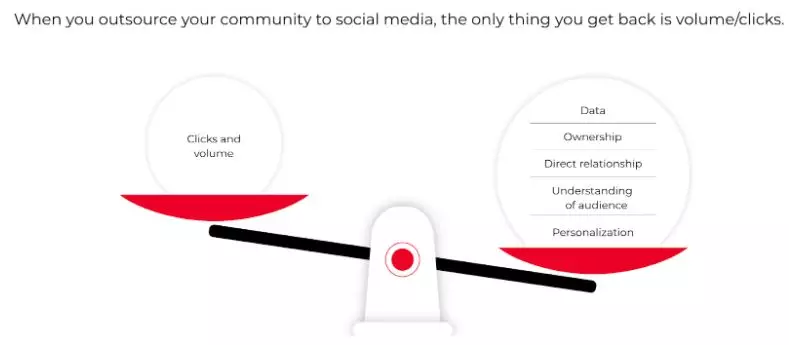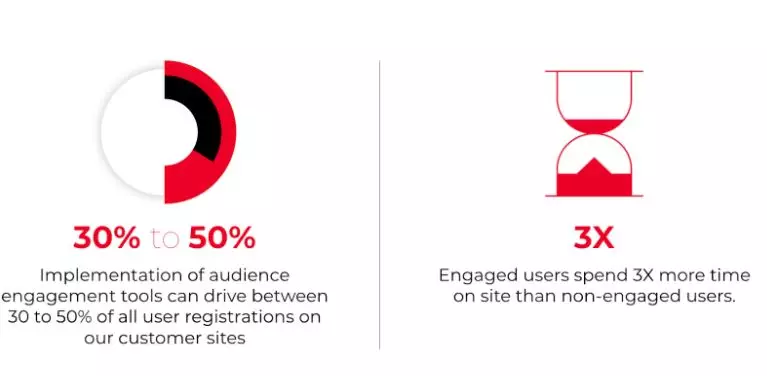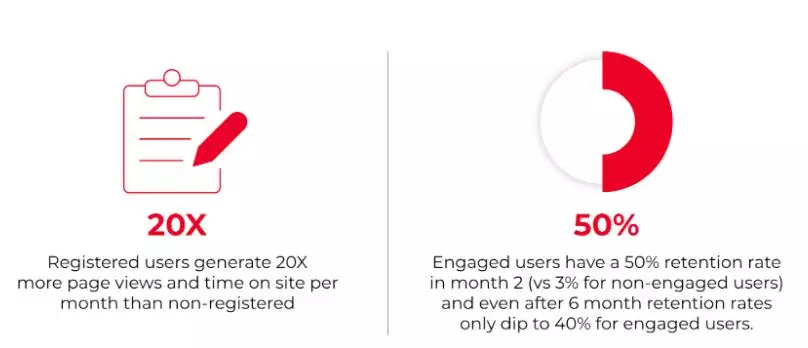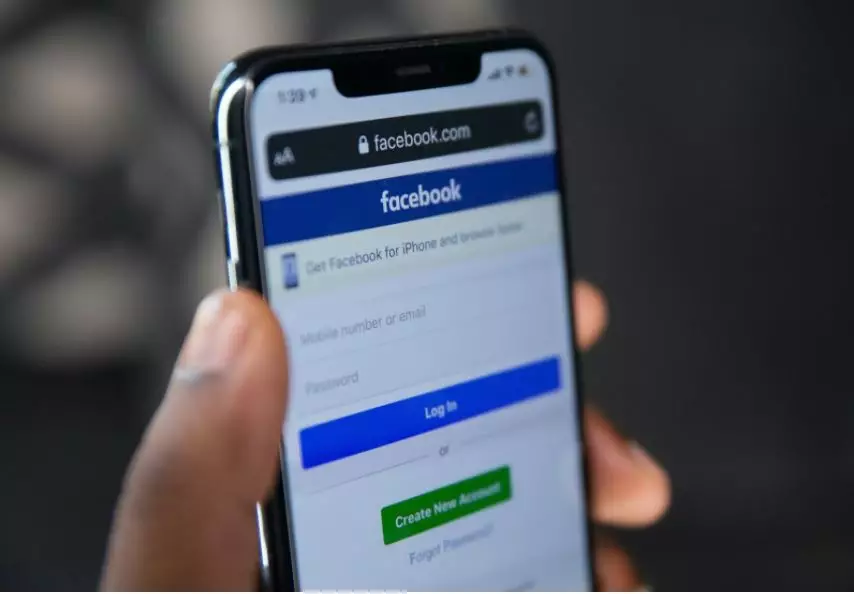In what was perhaps one of Facebook’s most aggressive moves so far, the social media giant last week blocked all news content and links from its platform in Australia. All news pages, and even some government pages, were wiped clean and news organizations were unable to deliver critical information to millions of Facebook’s users.
Facebook’s decision to ban news came after Australia’s government proposed to make big tech giants legally obligated to pay news companies for the content they host.
And while there has been some reconciliation between Facebook and the Australian government resulting in the recent restoration of news content, there’s a greater issue at hand: Big tech giants could abandon countries at any time, without any notice.
In fact, a similar event happened back in 2014, when Google closed its news aggregation services in Spain.
If there’s one takeaway we can learn from this issue, it’s that news media companies need to stop relying on big tech platforms to engage their audience and start building thriving, digital communities of their own. If they don’t, they risk losing the bulk of their traffic overnight.
The Dangers of Not Owning Your Audience
By allowing a third-party platform, like Facebook, to act as a middleman between your brand and its followers, you have no direct ownership over your audience. This scenario creates several challenges for your company.
First off, if you don’t own your audience members, you have limited access to their data. Having access to this first-party data will be the single most important thing for media brands in the coming months and years. Not to mention you can’t prevent your content from showing up near misinformation or falling prey to trolls on other platforms — and that can significantly damage your brand’s reputation.

Meanwhile, you’re at the unpredictable whims and algorithms of a third party, which can disconnect you from your audience in the blink of an eye. That was certainly the case for Australian media companies when Facebook wiped news from its platform without hesitation.
“Web traffic to Australian news sites began to drop significantly just hours after the ban,” reports Business Insider.
Media companies that initially thrived on the platform and had most of their website traffic travel through Facebook can no longer tap into that audience.
With news making up only 4% of Facebook’s content, it doesn’t make sense for media business leaders to put their trust in a platform that has no loyalty to news companies.
Where Media Organizations Need To Go From Here
There’s no question that news companies need to stop relying on Facebook for growth and revenue. So what can shell-shocked publishers that depended on Facebook for traffic, or other big tech platforms for that matter, do to become self-sufficient?
The answer is surprisingly simple: They need to start rebuilding their communities on their own digital properties, where they have complete ownership over their visitors, their data and their revenue. Organizations that take control of their audiences can also encourage visitors to depend on their digital properties instead of social media for trusted content.
“The long-term task for news [organizations] and journalists is to convince the public – especially young people – that it’s worthwhile to actively seek out professional news and journalism as part of their daily online lives, rather than simply reading whatever comes across their feed,” states Diana Bossio, a lecturer for media and communications at the Swinburne University of Technology.
If media companies can form strong, direct relationships with their digital community members on their own properties, they’ll be well on their way toward generating sustainable revenue.
Why On-Site Engagement Tools Can Help Media Companies Reclaim Their Independence
Between 2019 and 2020, consumers worldwide spent an average of 145 minutes on social media each day being, well, social.
And this isn’t surprising: Engaging social experiences encourage people to connect and participate in ongoing digital conversations. But that doesn’t mean you need to rely on social media to engage your audiences socially.
To encourage loyal audiences to form a direct path to your website or app, you can adopt moderated social engagement tools right on your digital properties. From built-in conversation and live chat widgets to live blog tools and personalized social feeds, there are several ways media organizations can embed social experiences into their websites or apps.
Viafoura data reveals how social engagement tools help media companies activate and retain their audiences. Not only do engagement tools drive between 30% and 50% of all user registrations on Viafoura’s customer sites, but engaged users spend three times longer on media websites compared to unengaged users as well.

With the help of Viafoura’s audience engagement solution, media organizations even saw up to a 50% retention rate for engaged users after two months of visiting a site.

Conversation-based tools give users the addictive experiences of social platforms without sacrificing any of your company’s data, revenue or reputation to a third party.
Facebook’s ban on news in Australia had countless media organizations feeling betrayed and abandoned by the tech giant. And just as this wasn’t the first time a big tech company trampled over media organizations, it certainly won’t be the last.
By investing in building communities on your owned and operated digital properties, you can help your media company rise above the whims of tech giants and take control of your most valuable asset — your audience.



